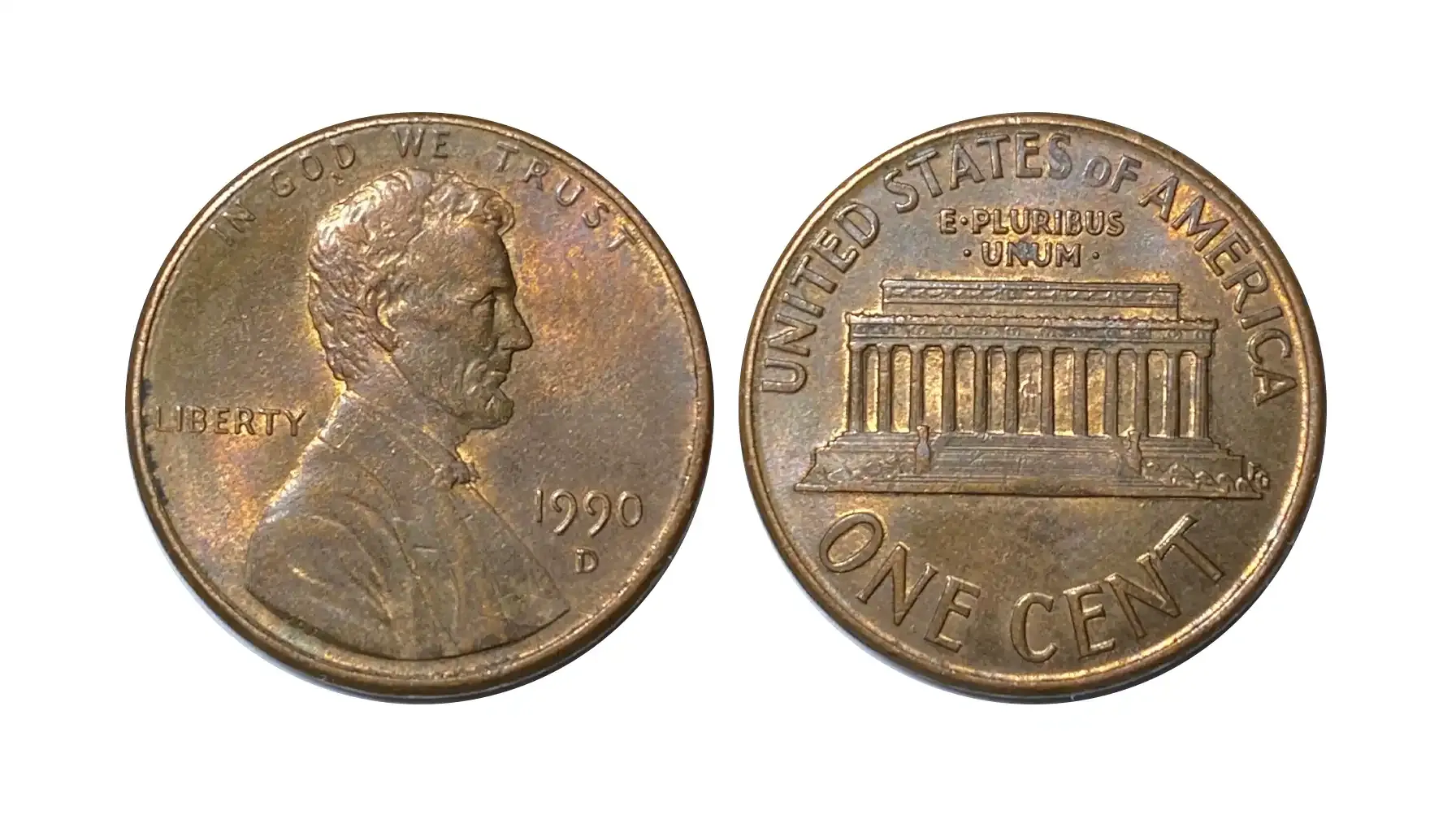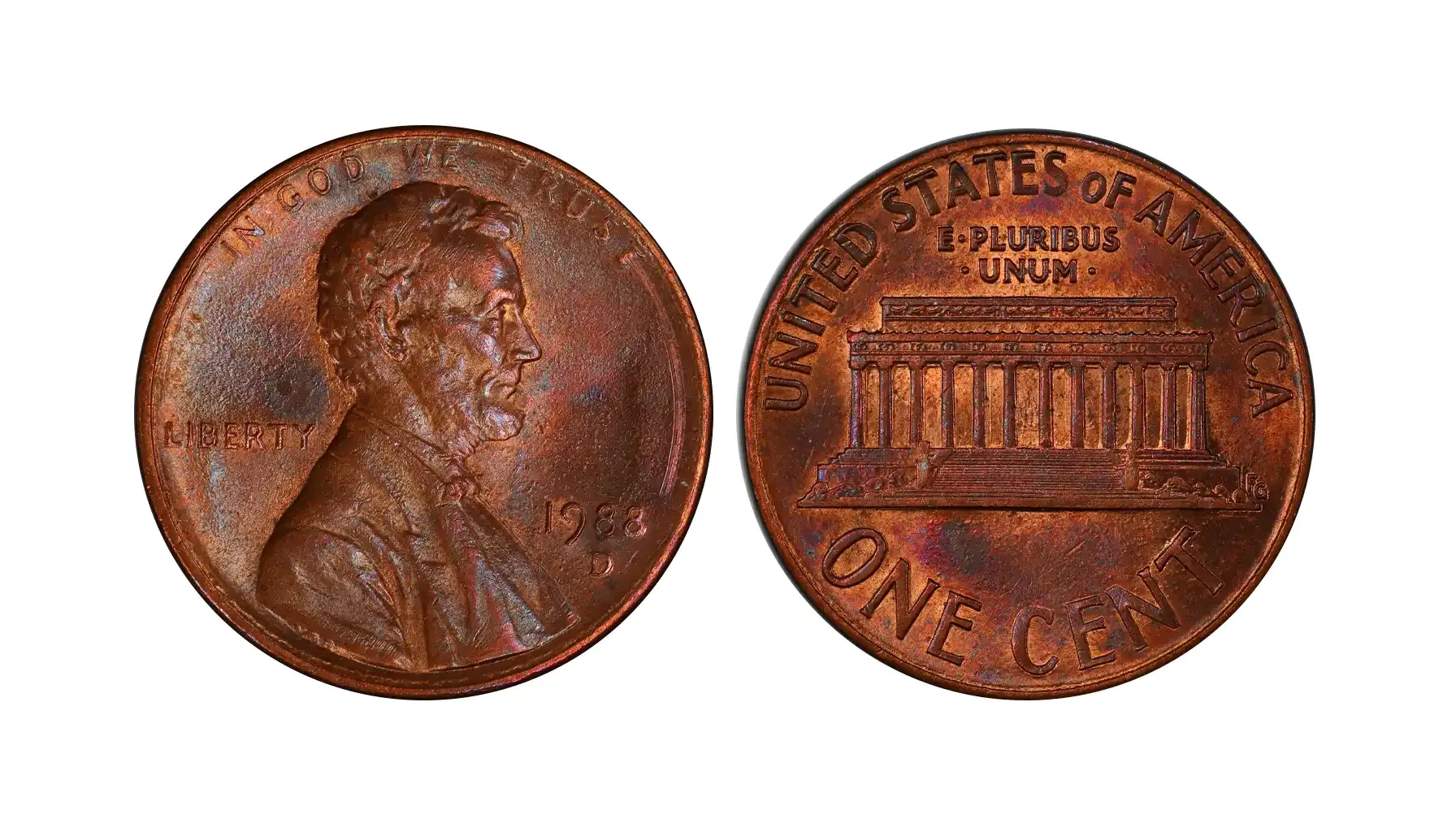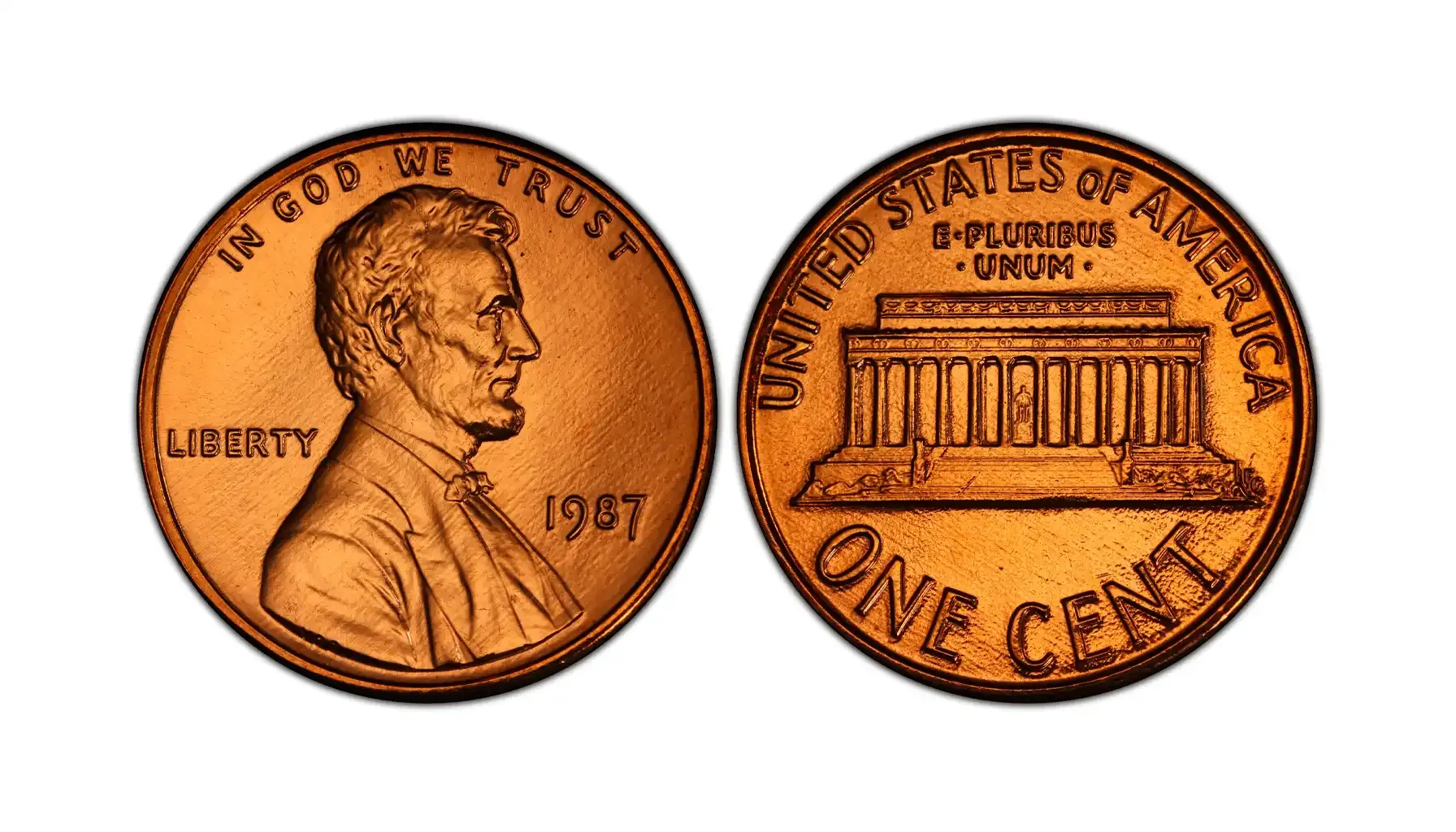Contents:
The roots may not disappear overnight, but sooner or later the memories about them can fade away. To perpetuate the images of the past, the US Mint released a collection of Buffalo Nickel devoted to the native American culture that deserves glorification at all levels and establishments.
One of the most prominent instances of the program is the Buffalo Nickel 1926 which is rarely well-preserved. This is exactly why the 1926 Buffalo Nickel value increases day by day. In this article, we would like to deliver a few facts about this coin, its appearance, and its worth in the modern landscape of numismatics. Moreover, you will find out how to identify valuable coins. So, let us get started.
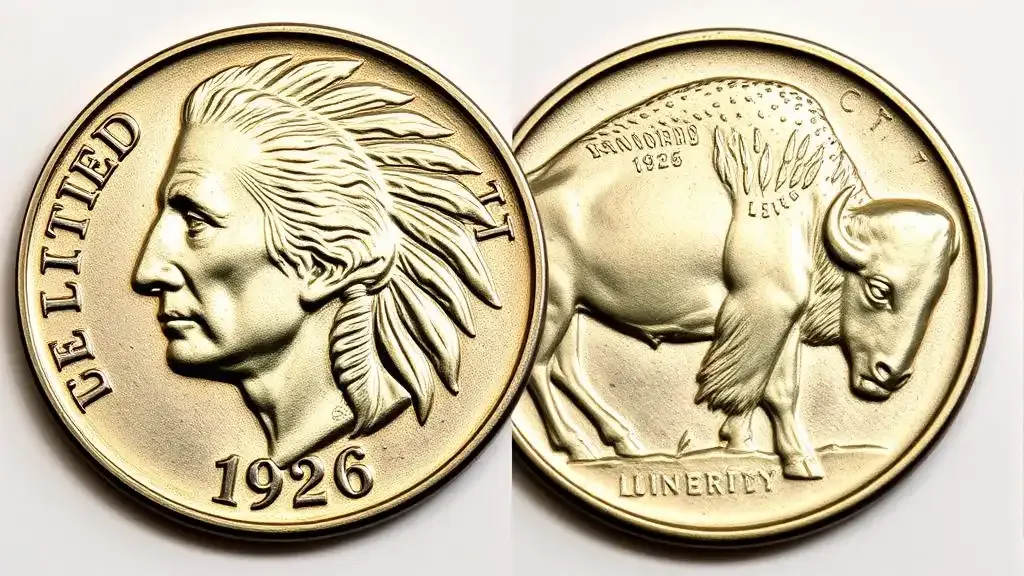
Quick Insight into the Historical Context
The year 1926 was a tough time for the majority of the countries, and the US was no exception for sure. During that period known as the Roaring Twenties, it was the right decision to encourage and cheer up the nation via what remained in daily circulation, e.g., numismatic art. To do so, sculptor James Earle Fraser created the coin, which was a part of the larger Buffalo Nickel series first presented in 1913.
Although it was far from reasonable, the decision to place an American bison on the reverse and a Native American on the nickel's obverse represented a yearning for the vanished "Wild West" and an appreciation of Indigenous contributions to American history. Such a late aspiration that could not change the past, full of racial inequality and cultural appropriation. Nevertheless, such relics as Buffalo Nickel 1926 s serve as great reminders of the experience to repeat and not to repeat.
Design Features and The Main Traits
The bold appearance of the Buffalo Nickel is the main characteristic of this powerful, iconic, and, what is mainly notable, legacy-centric coin. On the obverse, there can be seen a composite profile of a native American chief with a feathered headdress and the word "LIBERTY" positioned over the image.
An American bison, often known as a buffalo, is depicted on the reverse side of the coin. This picture pays tribute to the American West and all forms of fauna that once inhabited its space. Along with the coin's denomination, "FIVE CENTS", the reverse features the words "UNITED STATES OF AMERICA" and "E PLURIBUS UNUM" as usual. As for the rest features, it is better to take a look at the table presented below:
Designer | James Earle Fraser |
Year of Mintage | 1926 |
Material and Composition | 75% Copper, 25% Nickel |
Mintmarks | No mark for Philadelphia, “D” for Denver, “S” for San Francisco |
Diameter | 21.2 mm |
Weight | 5 grams |
Mintage Figures | Philadelphia: 44,693,000 |
Edge | Plain (smooth) |
Circulation Wear | Due to extended use, coins often exhibit substantial wear on the high-relief areas. |
If you wish to learn more about the characteristics of different coins, it might be reasonable to appeal to trustworthy resources. Coin ID Scanner is an innovative coin analyzer that is compiled from several databases and information gained from professional numismatists for the convenience of their customers.
Explore coins from all over the world;
Assess your coins with the use of innovative tools;
Get personalized recommendations and feedback;
Communicate with the numismatic society;
Identify coin with the inbuilt camera;
Detect defects and errors just on the spot;
Enjoy your coin-collecting journey for free!
Notable 1926 Buffalo Nickel Error to Look For
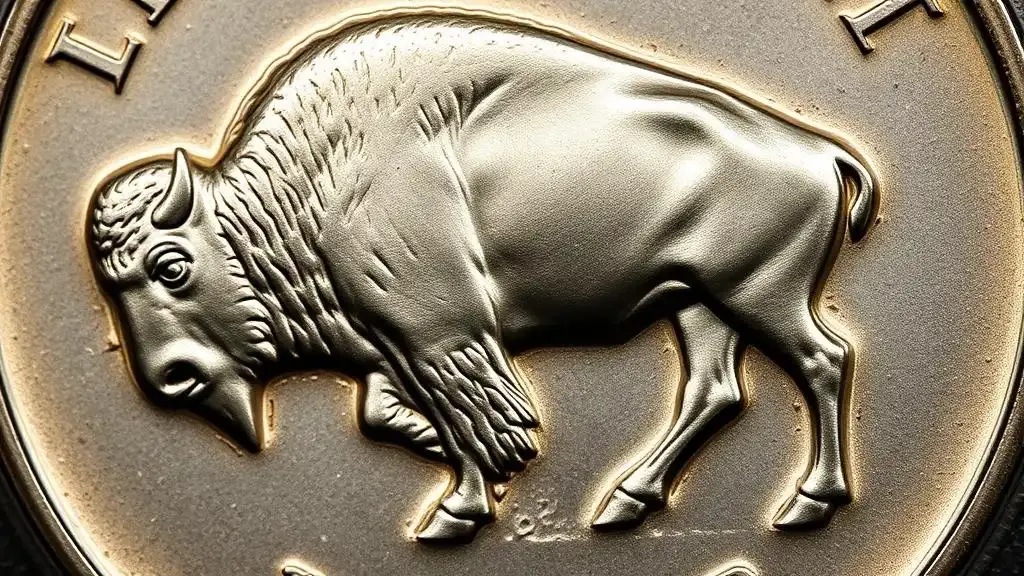
Many collectors are indeed familiar with the Buffalo Nickel series thanks to its numerous minting errors and variations. Certain coins may become even more valuable as a result of these imperfections, depending on how uncommon and distinctive their defect is. Here are a few examples that may be interesting for those who like this kind of collecting:
1926-D Overpolished Die (i.e., only 3 1/2 legs on the reverse side)
Die Cracks (i.e., raised lines or other imperfections)
Repunched Mint Marks (i.e., mint marks, either D or S, punched into the die more than once)
Lamination Errors (i.e., the coin's metal layers that peel off)
How Much Is a 1926 Buffalo Nickel Worth?
The 1926 Indian head nickel value is quite captivating, as it may exceed hundreds of thousands of dollars at auctions! We have compiled a quick overview of the prices according to the auction statistics (as of 2025).
Coin | Grade | Value (Up To) |
1926 5C (Regular Strike) | MS68 | $50,000 |
1926-D 5C (Regular Strike) | MS67 | $80,000 |
1926-S 5C (Regular Strike) | MS66 | $322,000 |
1926-D 5C 3 1/2 Leg FS-901 (Error) | MS66 | $9,500 |
*Prices are subject to fluctuations. Stay up-to-date so as to understand relevant market trends.
Beware of Counterfeit!
The 1926 nickel value can be undeniably high, but no one is immune to counterfeits and fakes. Real buffalo nickels are non-magnetic and should weigh about 5 grams. Besides, since fakes might show uneven wear, we recommend that you look for unusual wear patterns, particularly on high-relief sections like the Native American's face or the buffalo's legs. Due to inferior production methods, counterfeit coins can also occasionally exhibit unclear details or casting flaws like pits or bubbles.

Buy from trustworthy distributors and pay attention to the coins verified by grading organizations such as PCGS or NGC. Examine important details such as the mint mark, edges, and surface under a magnifying glass. Pay attention to interesting historical background like this of the SS Central America shipwreck. Consult a qualified numismatist, send the coin to an authentication agency, or employ digital coin identifiers like Coin ID Scanner for confirmation if you think it might be a fake.
Never let the fake examples misguide you. 1926 Buffalo Nickel is a real work of art, and it should be preserved, not illegally copied and distributed further.

